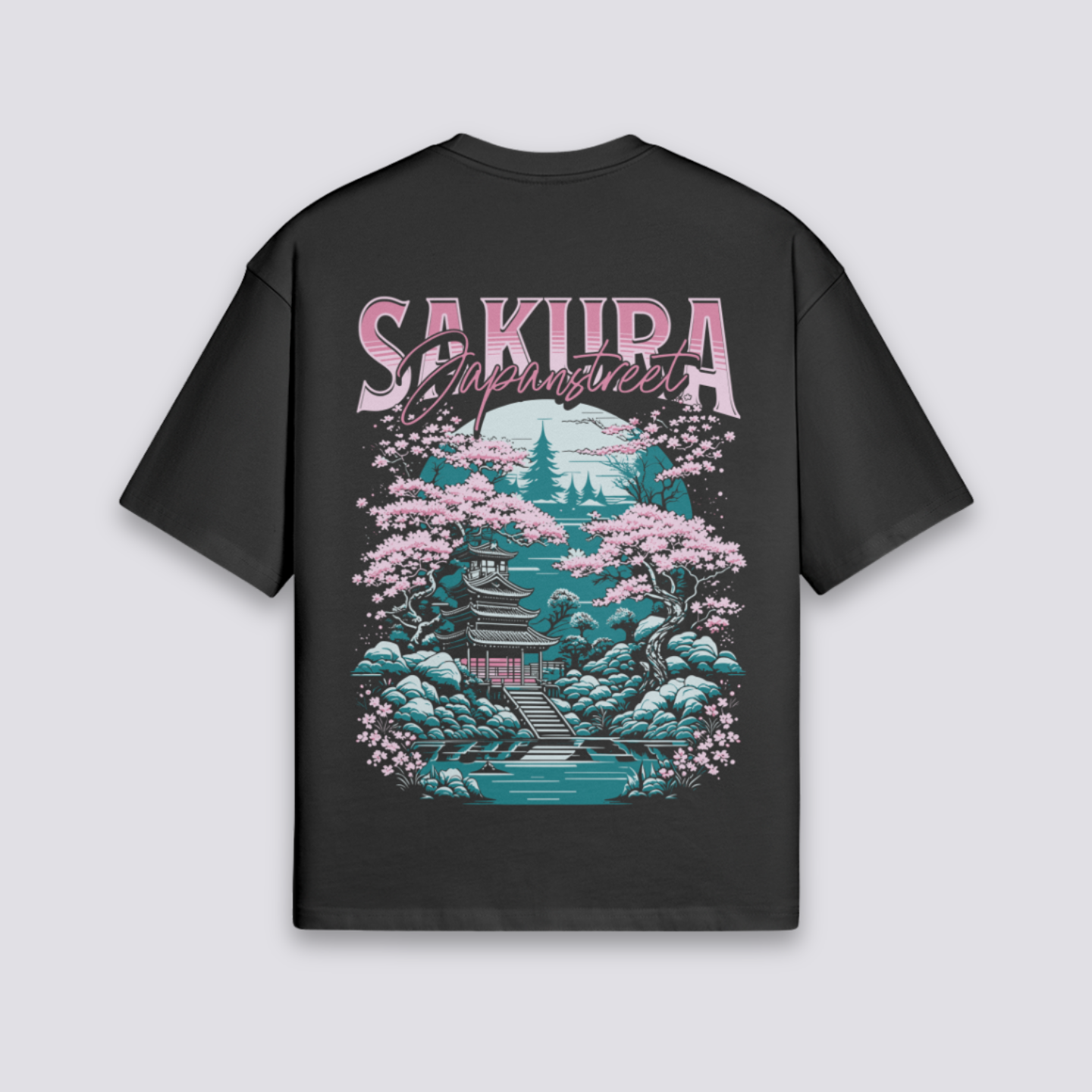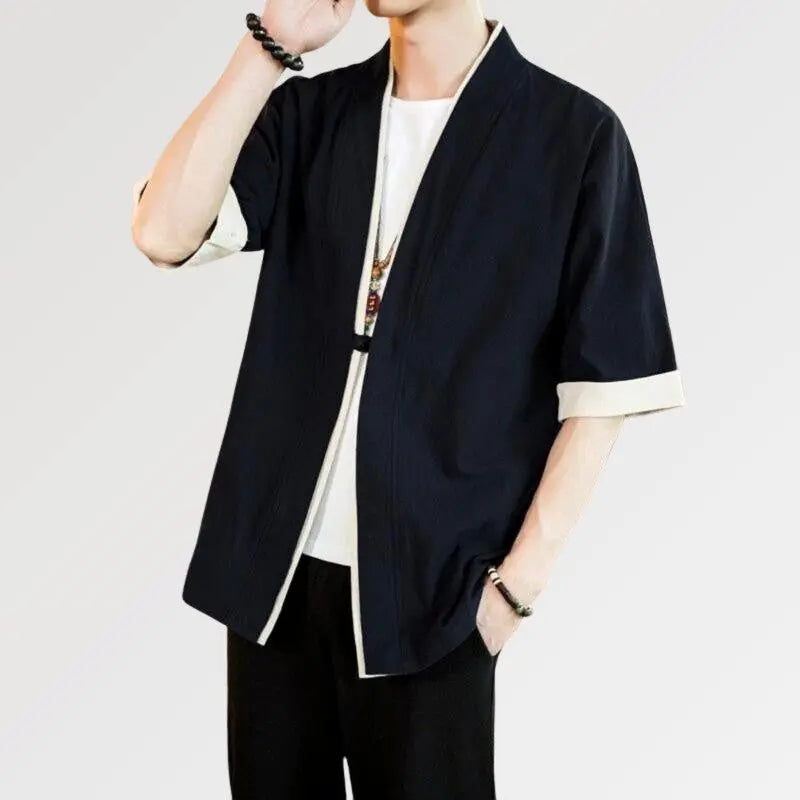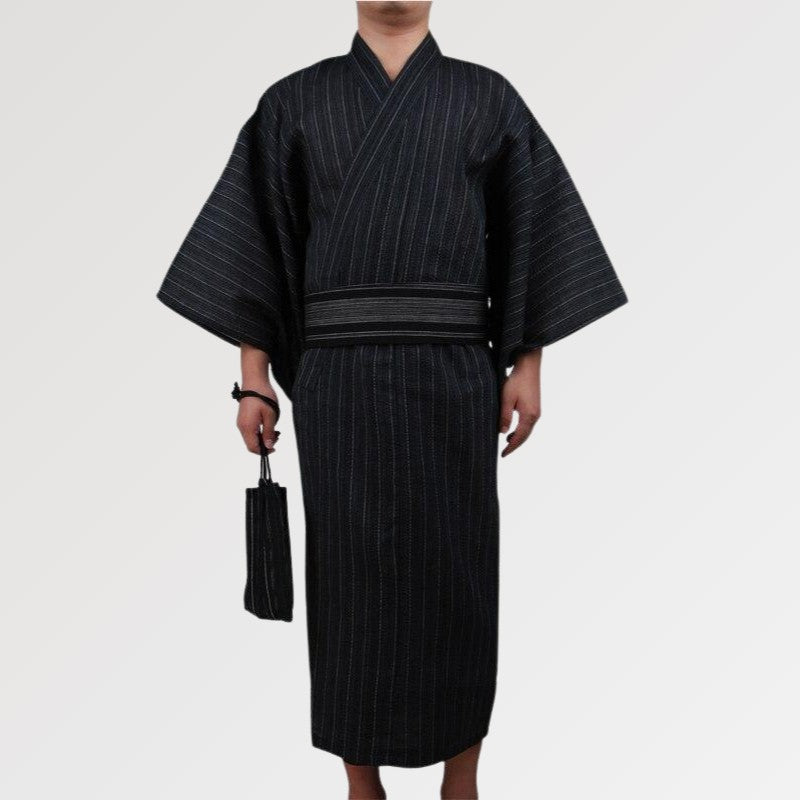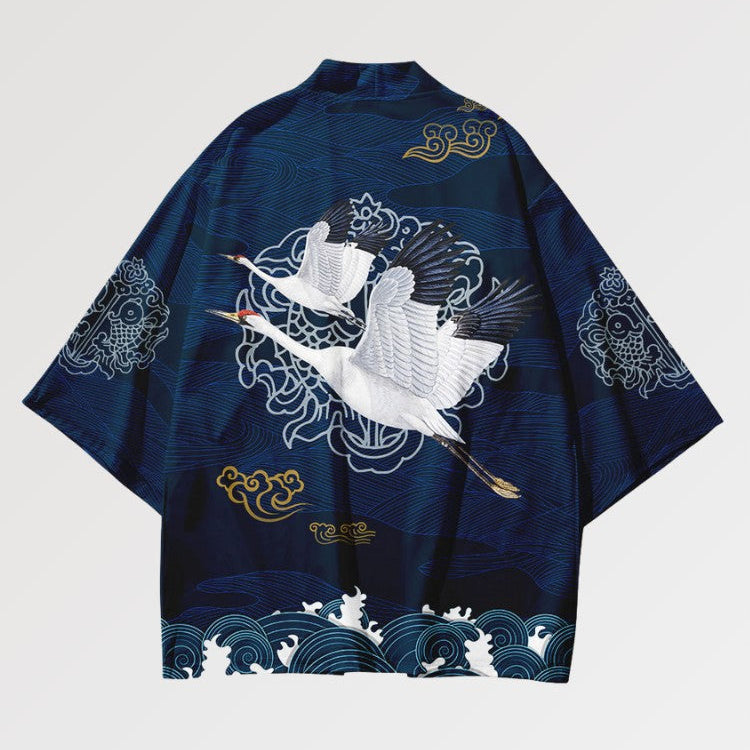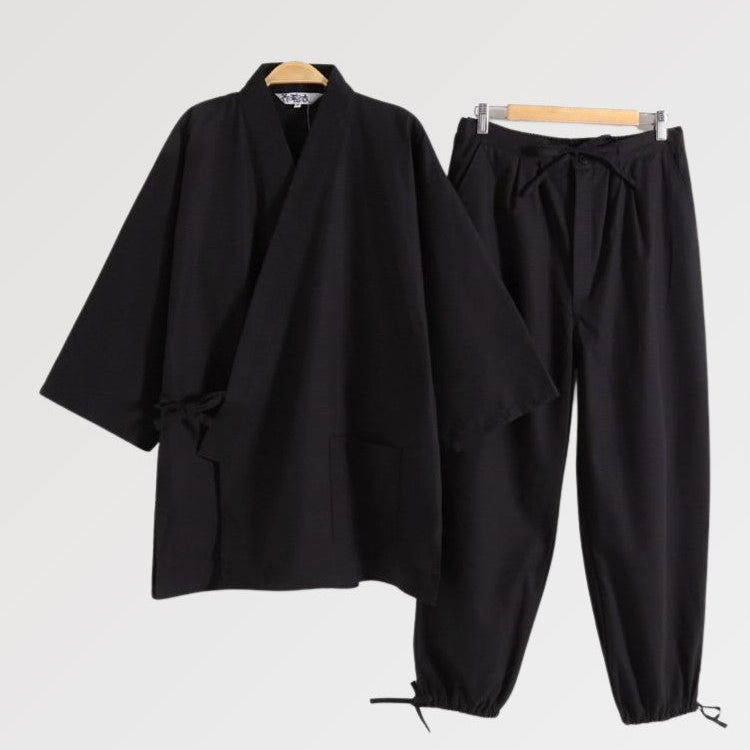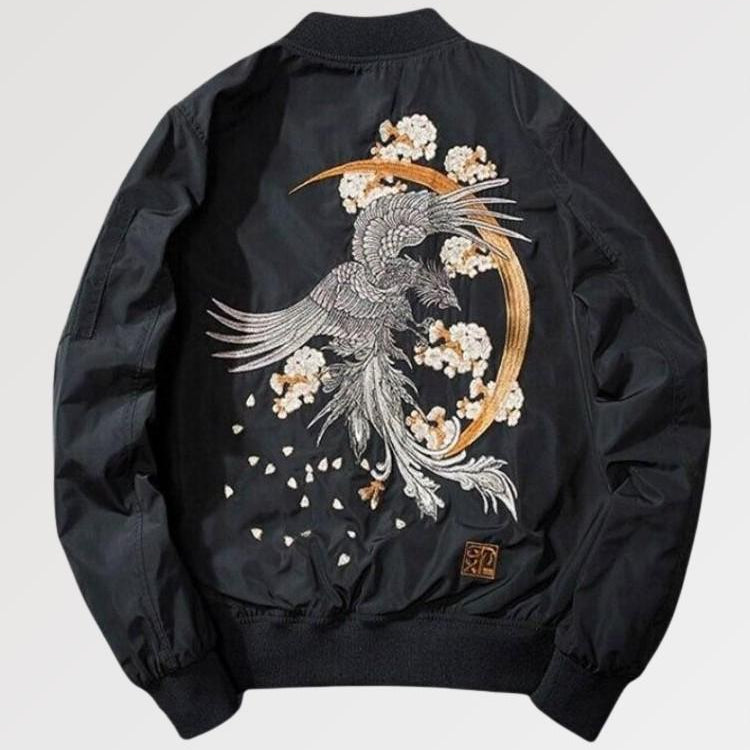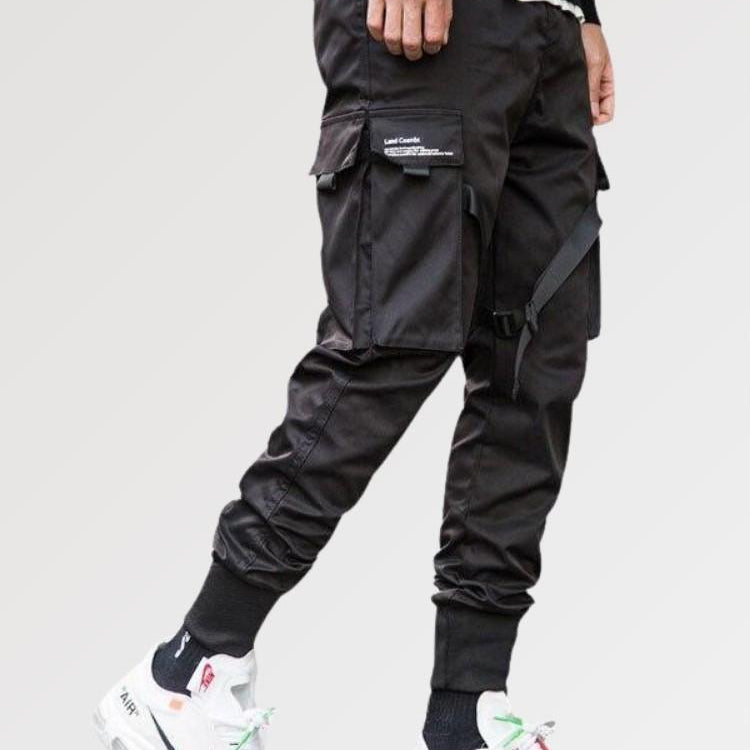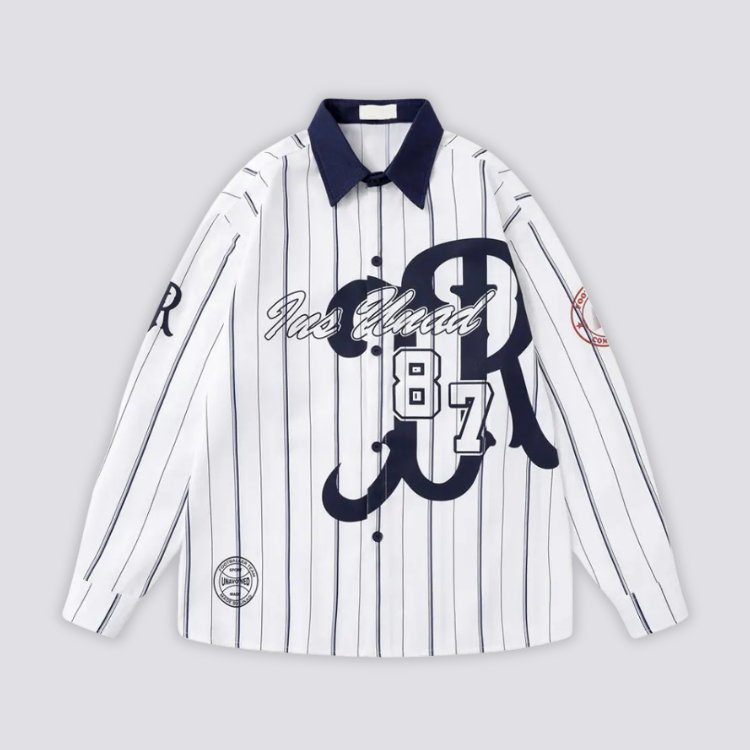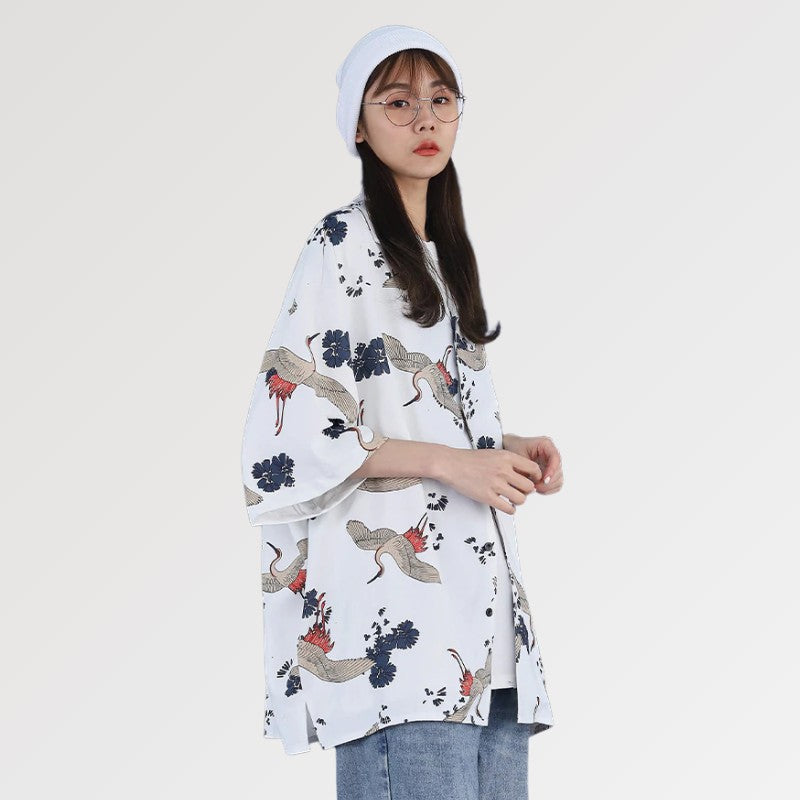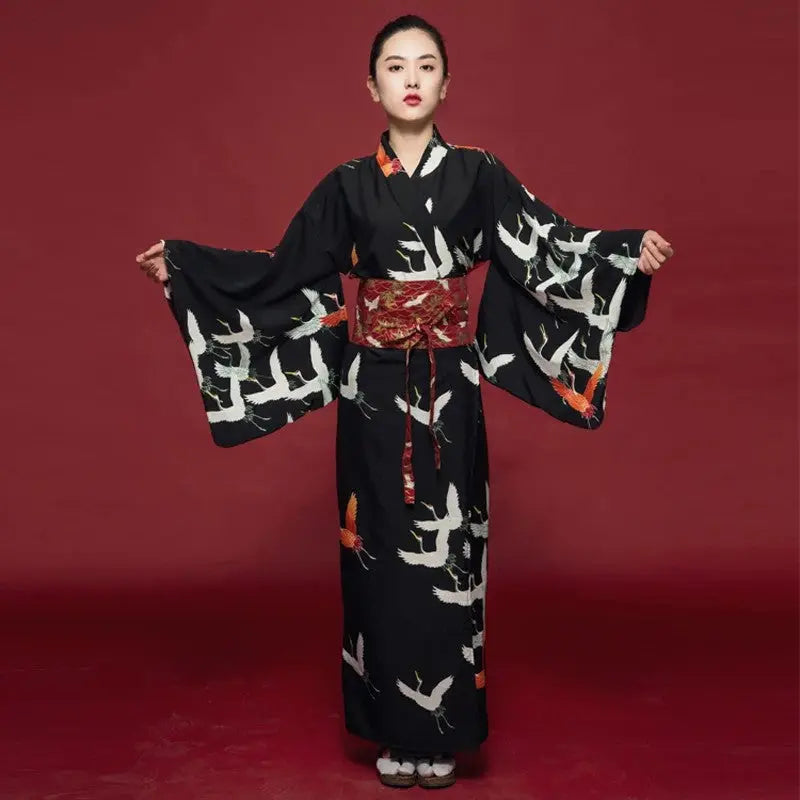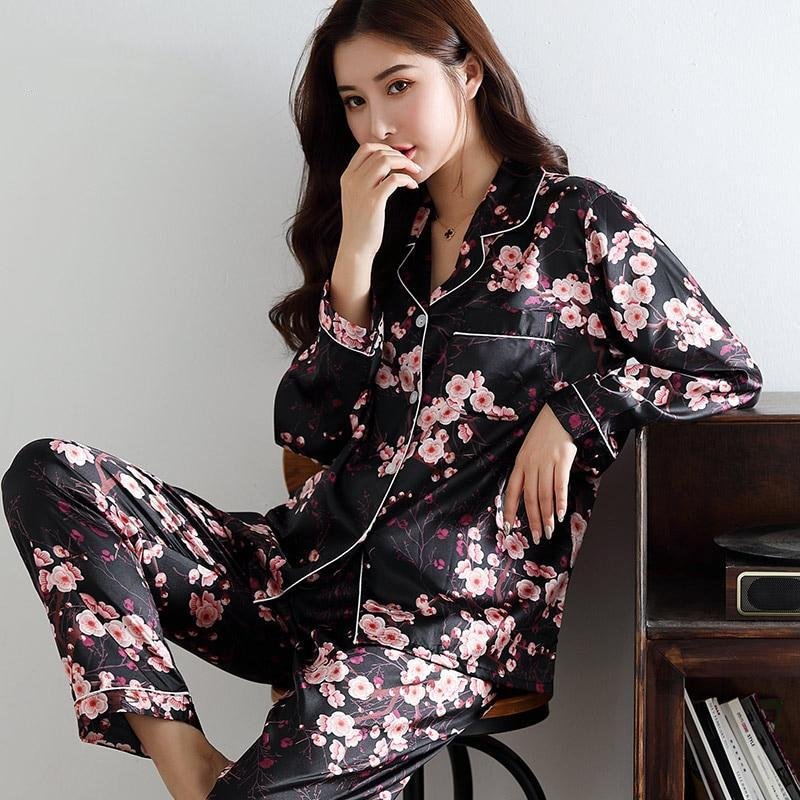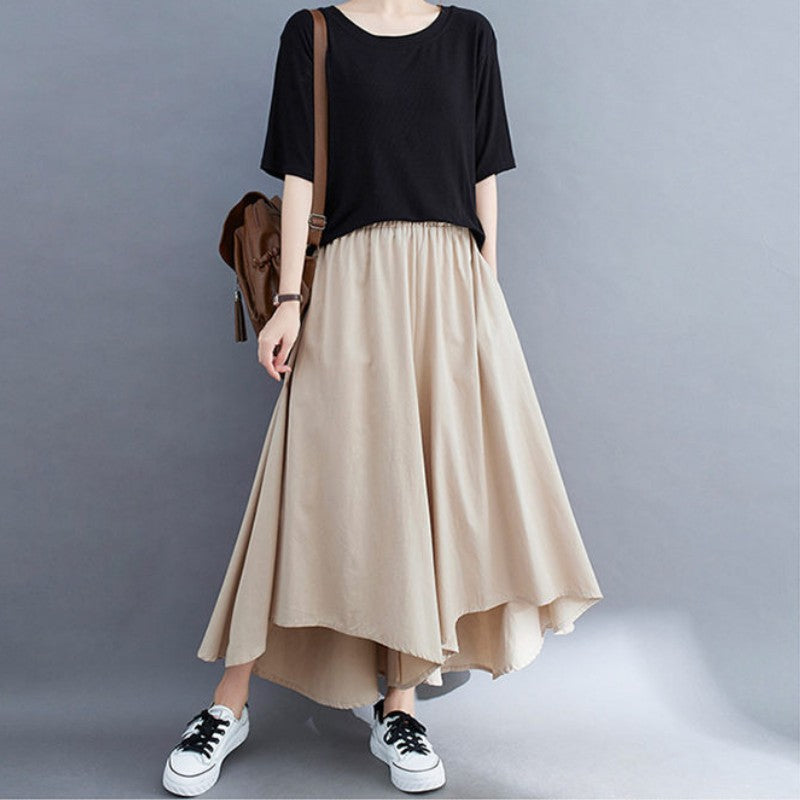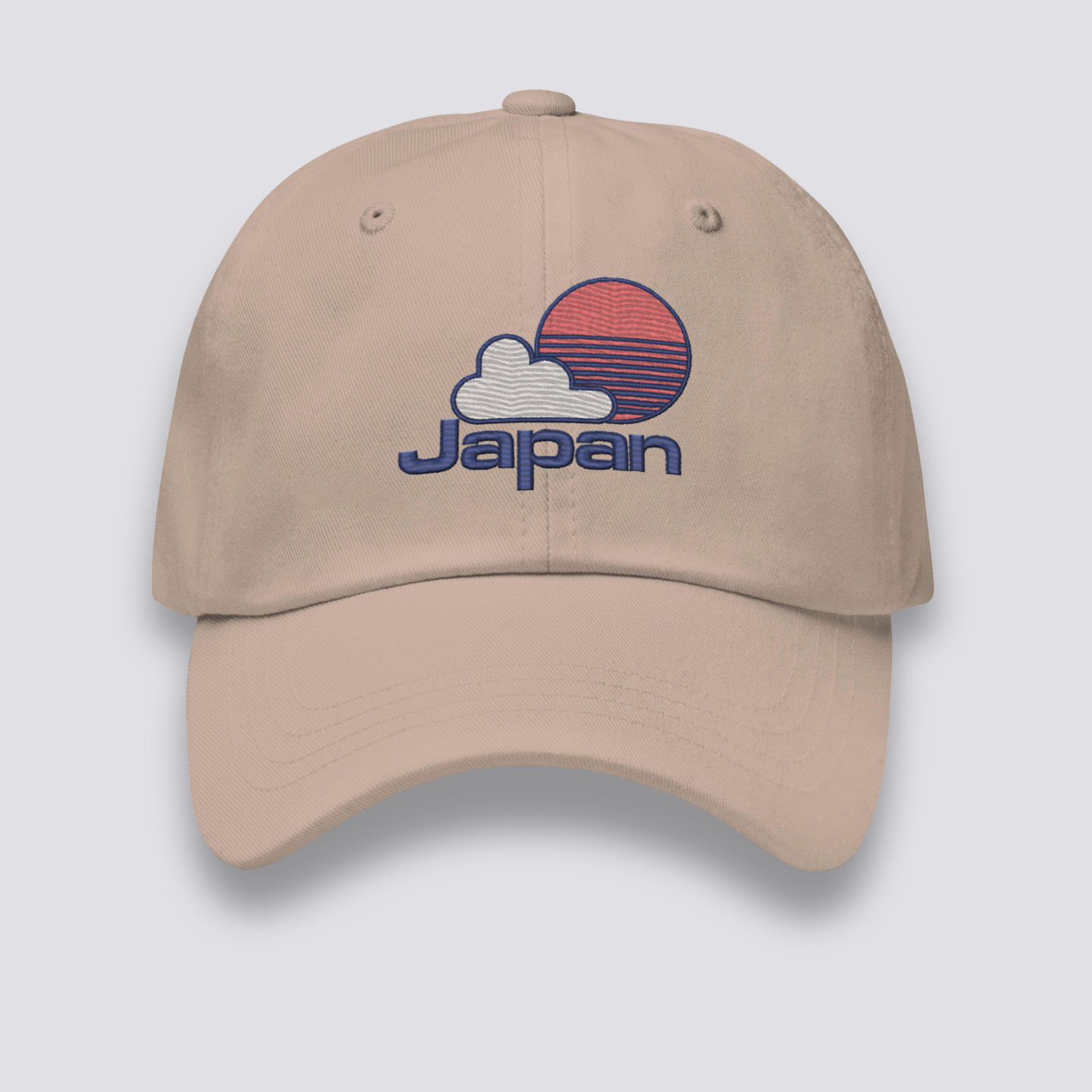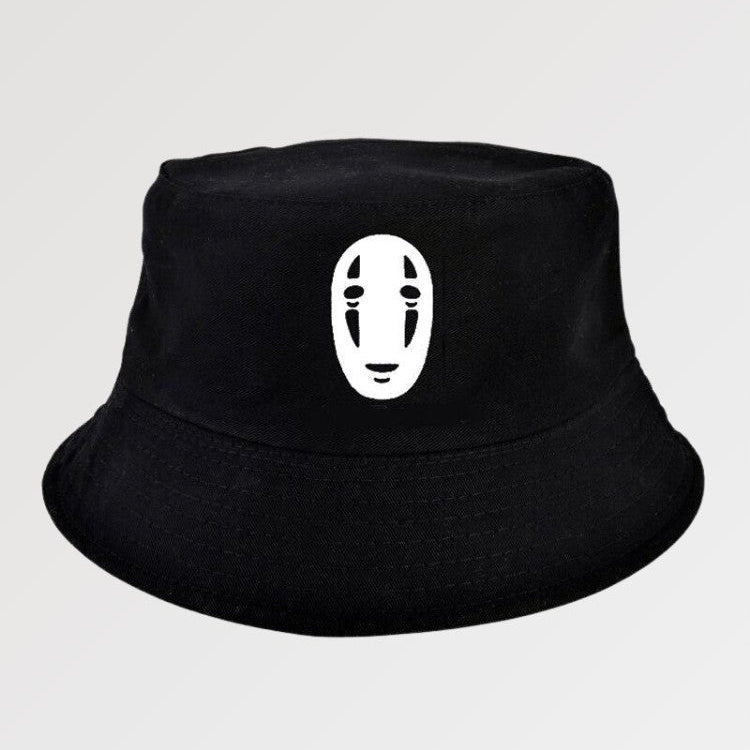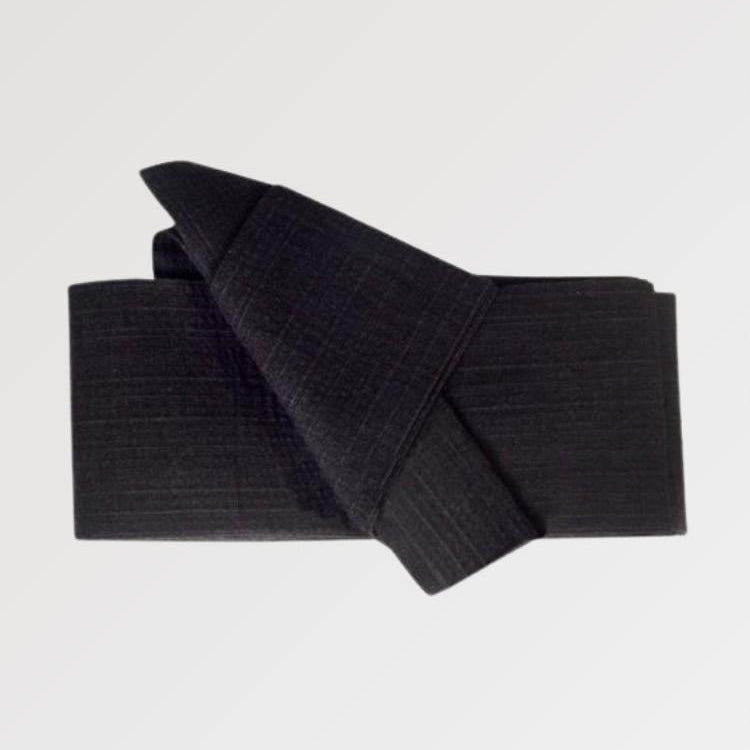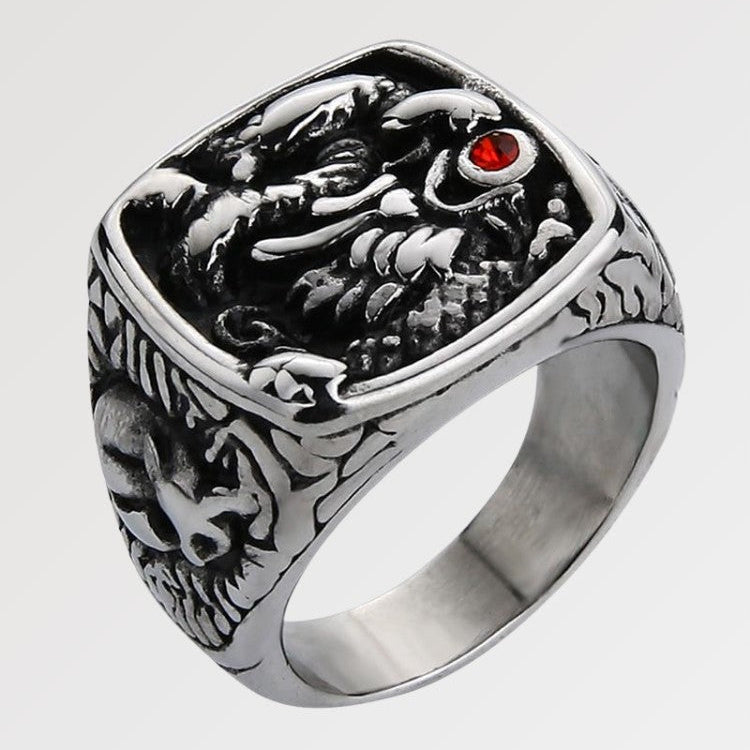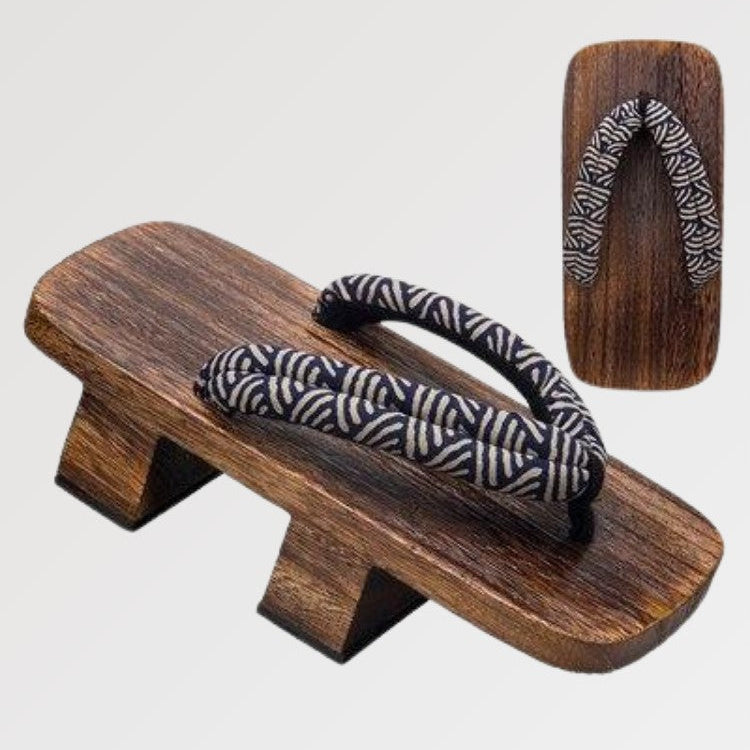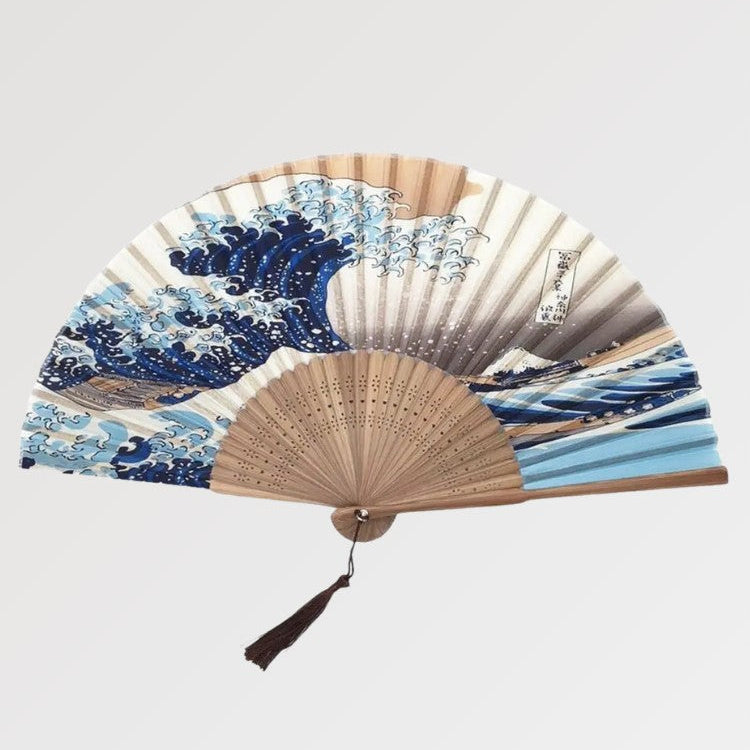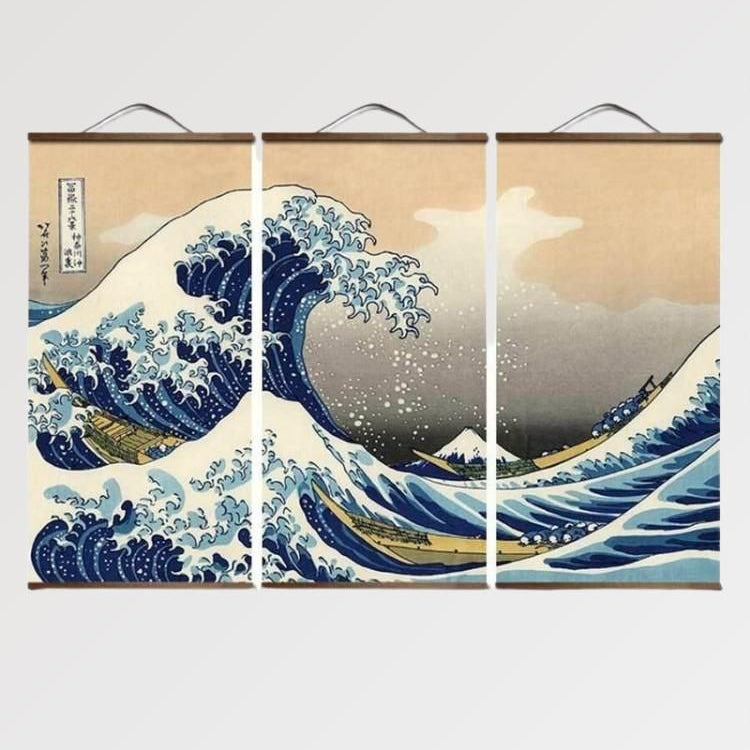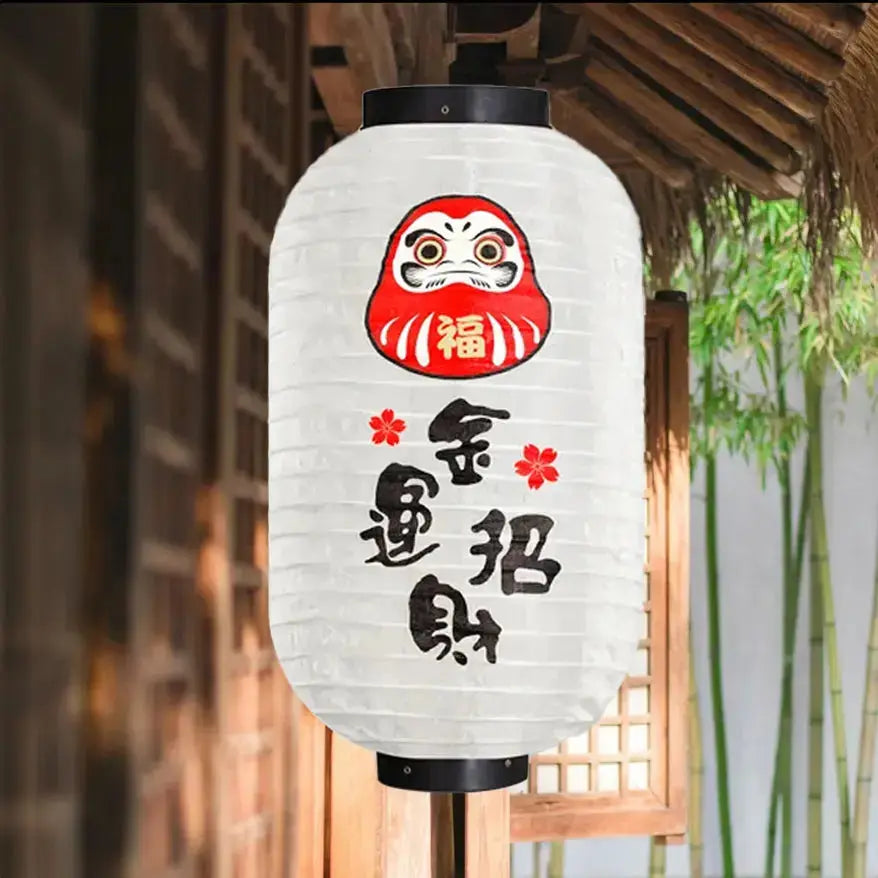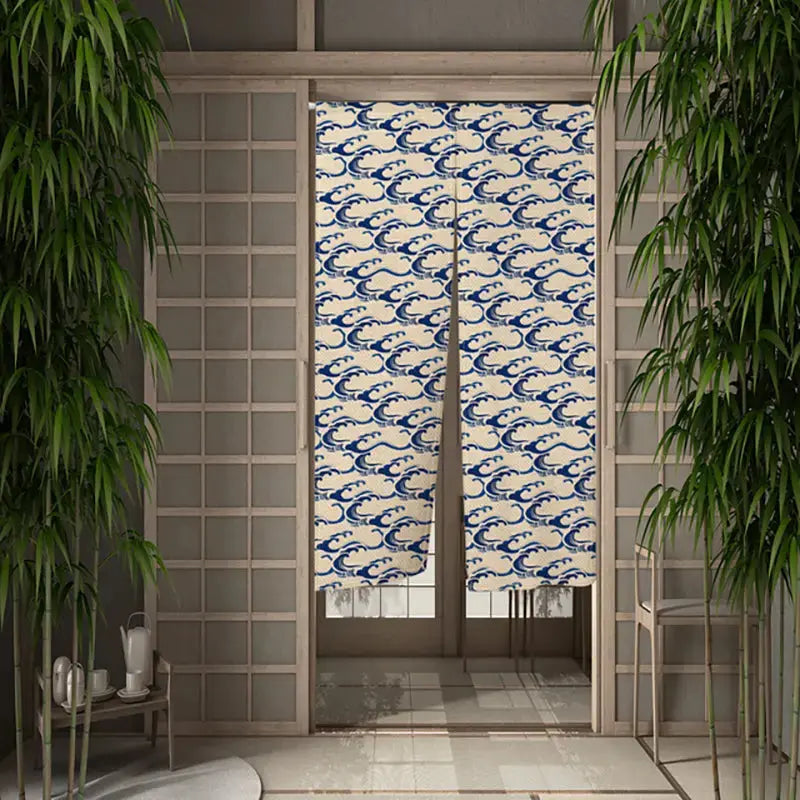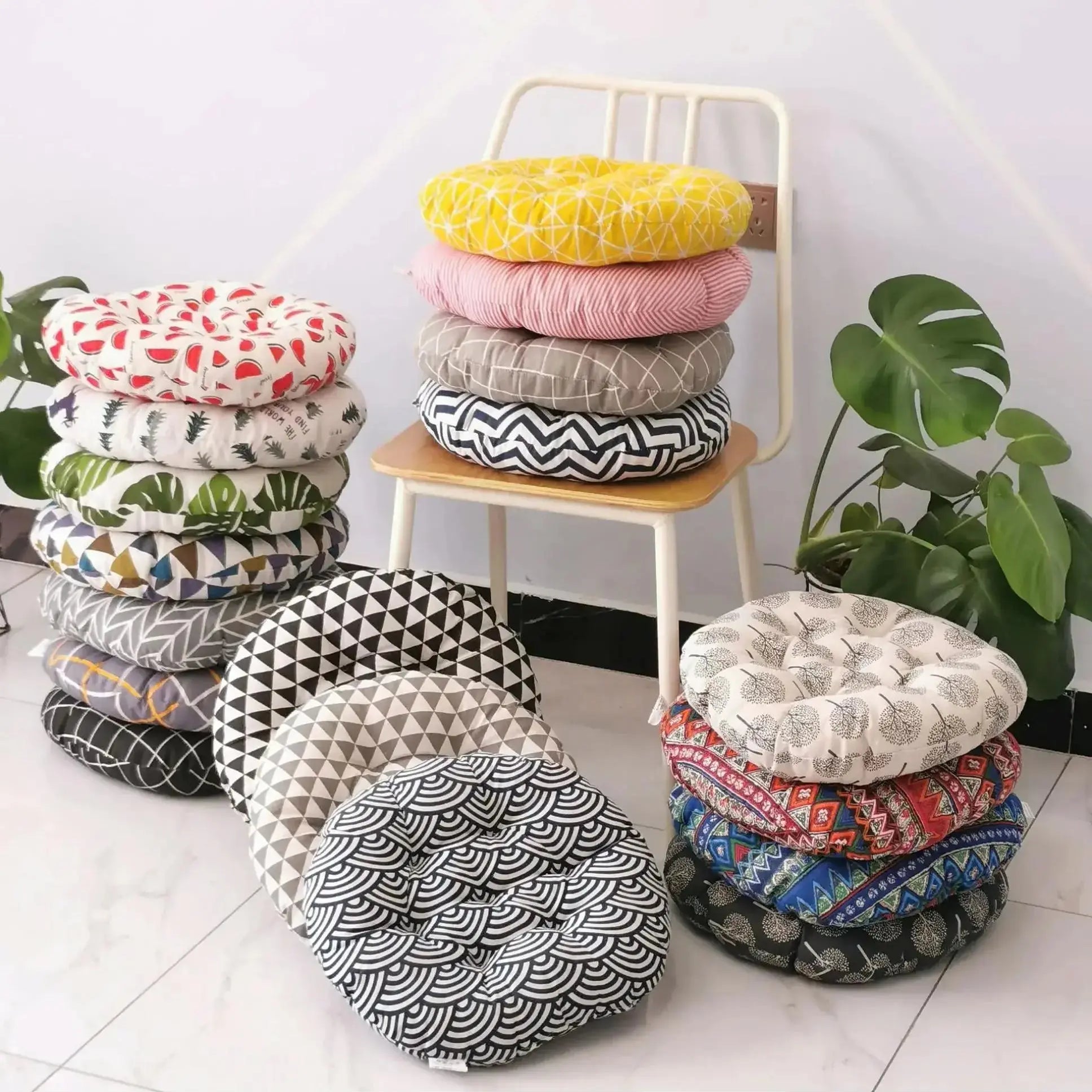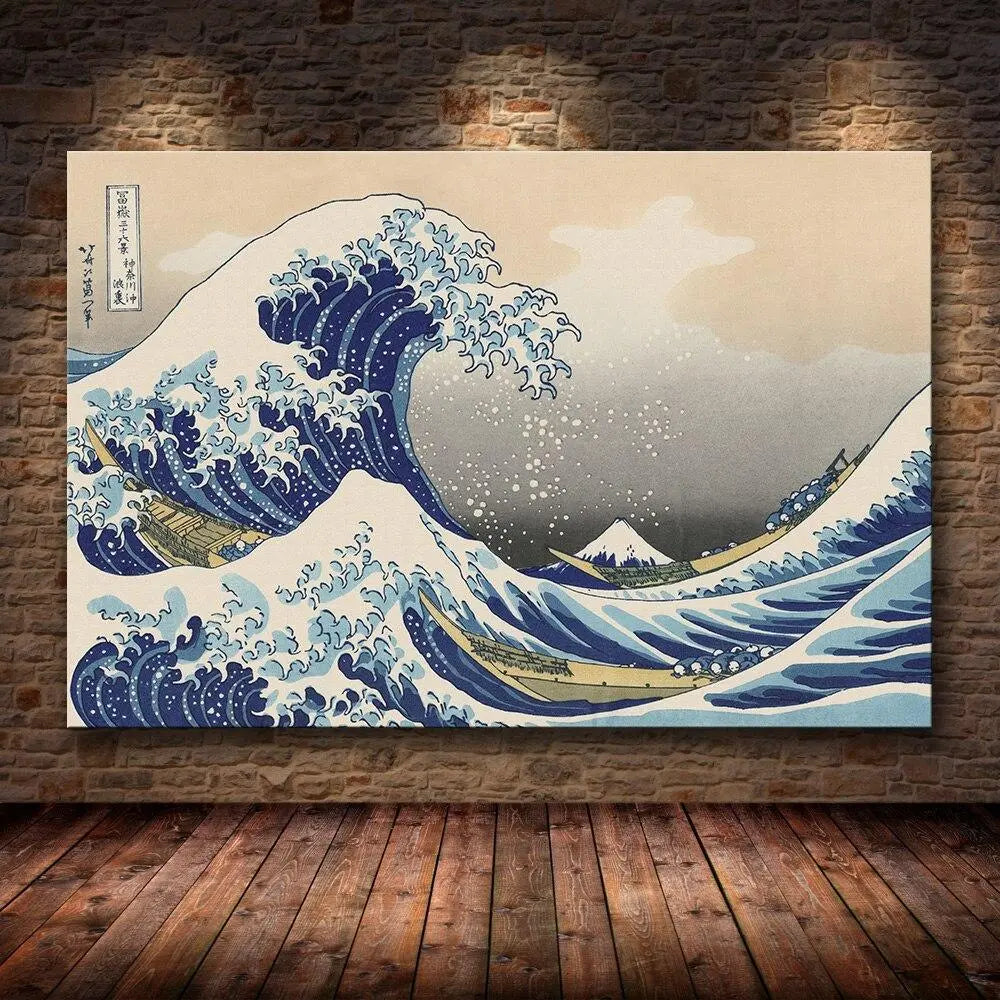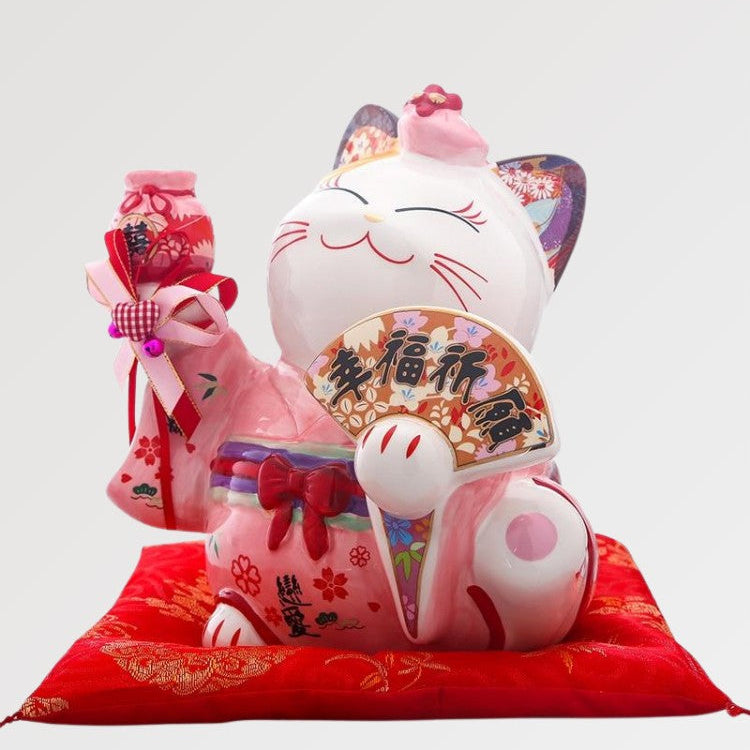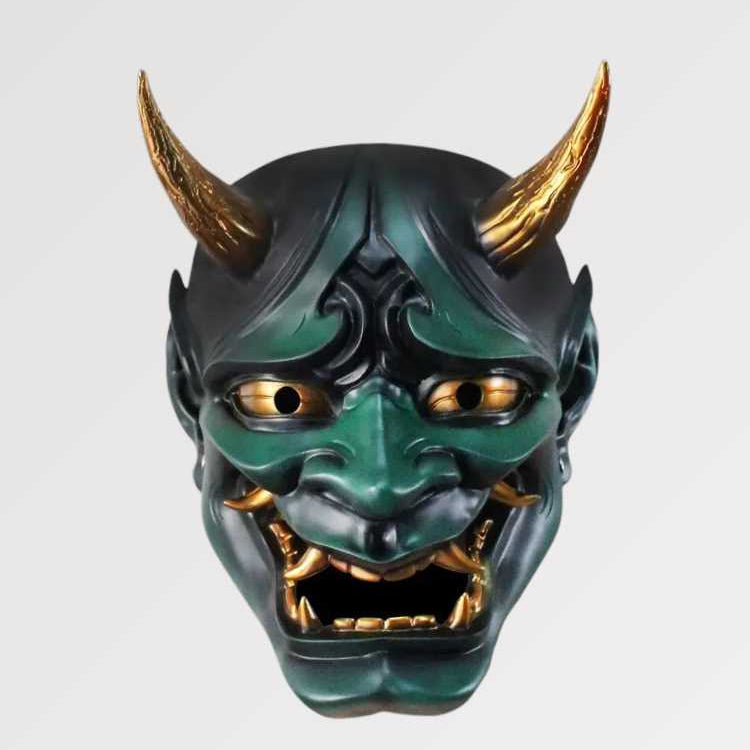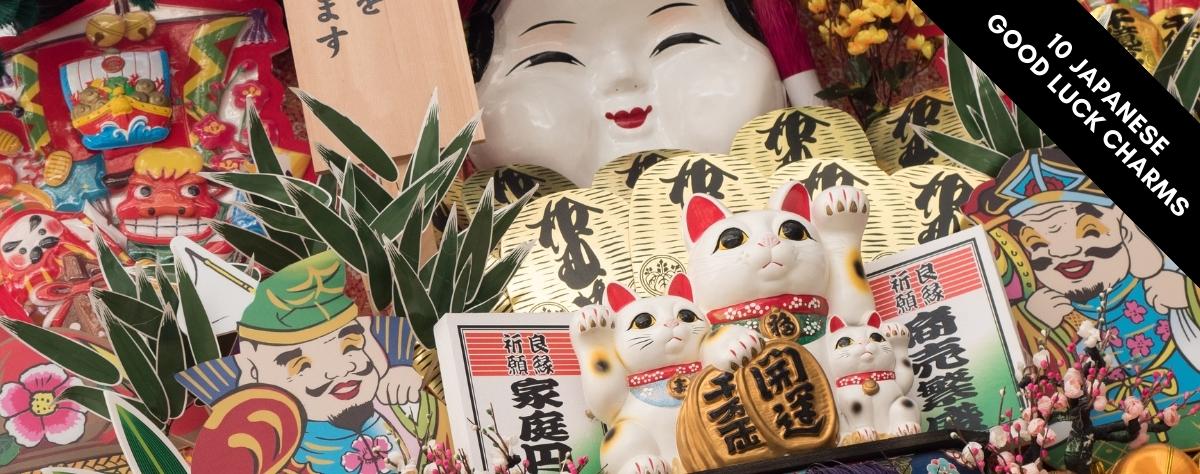We could all use a little luck from time to time. From the Shinto talisman to the chocolate symbol of luck, these japanese lucky charms will make you go from bad luck to good luck in no time and as their name indicates, should bring you luck. The French equivalent of the horseshoe or the rabbit's foot, these japanese objects should bring you luck and allow you to ward off bad luck.
From Feng-shui decorative objects to lucky jewels, between popular superstition and custom, let's see together which are the 10 most popular lucky charms in Japan!
Japanese lucky cat: Maneki-Neko
"Maneku" means to invite or to signal, and "neko" means cat. The maneki neko is a Japanese cat statuette that you may have seen in Asian markets as a nice little present. This white cat statue is very kawaii (cute).
This waving cat is made of porcelain, plastic or metal and is mostly found at the entrance of stores. It can be found in different colors, like gold, red, white or black, and it can also be found in different poses. Each color and pose has a different meaning. For example, gold is said to symbolize prosperity and wealth and black is said to ward off evil spirits and promise safety.

The maneki neko, in Japanese culture, traditionally raises the paw. The right paw invites money and business, and the left one attracts customers and people. So you can say that either paw raised is good for business, but the left paw is traditionally used for nighttime entertainment such as geisha houses and restaurants. The next time you see a maneki neko, look to see which paw is raised!
This feline statuette can be a great gift idea. These statuettes will be perfect for your superstitious friend or for yourself if you want to attract customers or for this lucky charm to bring you money. Findable in the form of piggy banks, what better way to wear your statuette all day long thanks to the Maneki Neko t-shirt!
Japanese lucky charm: Omamori
Omamori literally means "something that will protect you". They are small lucky charms.
You can get them in almost all Shinto shrines and Buddhist temples in Tokyo or more widely in the land of the Rising Sun. Everybody can buy this lucky item, whatever his religion is. It is a gift to the temple or shrine.

You can buy these lucky charms for personal use. However, many people buy them to give to family members or friends. This is very common if a person is pregnant or has a difficult exam to pass, for example.
The most common amulets are wrapped in a bag that serves as a cover and is usually made of silk. The beautiful designs often feature the deity or a sacred figure from the temple or shrine. It is not uncommon for the name of the temple or shrine to be sewn onto the cover. Inside these bags, there is sometimes a piece of paper or wood with a prayer or invocation. The most common types have a strap, which you can attach to your bag.
Japanese lucky charm figurine: Daruma

Daruma dolls are mostly reddish in color, with a man's face with thick eyebrows and mustache, which is also considered a good luck charm in Japan. They are made of paper or ceramic and are also believed to bring luck, love, courage and power. These statues are available in five important colors and have multiple meanings. For example, a red daruma doll brings luck and fortune, a white doll promotes love and harmony, and a golden doll brings wealth.
Omikuji, Japanese lucky charm
Omikuji (sacred lot) are omens written on rolled paper strips. You can find them in shrines and temples all over Japan. The traditional way to receive an omikuji is to take a bamboo container filled with small sticks and shake it until the first stick falls. Each stick is numbered, and a priest or priestess then chooses an omikuji that corresponds to the numbered stick that fell out of your bamboo container.

Nowadays, it is more popular to make a small donation (usually a few yen) to the Shinto shrine or Buddhist temple and then draw an omikuji at random. Vending machines for omikuji are also popular.
If you are not lucky enough to have an omikuji with a good omen, then you should leave your blindfold behind. Traditionally, omikuji that are unlucky, bring bad luck or bring an omen of death are tied to the branches of a tree, where the bad luck will (hopefully) stay instead of following the person who pulled the band. Omikuji that are good omens or lucky omikuji, on the other hand, are supposed to stay with you, in your coat pocket or in your wallet.
Ema, the wooden wish-fulfilling plate
Many of you have probably seen pictures of ema! If you have visited a Japanese shrine, you may have written a wish on your own ema. "Ema" is a combination of the words "picture" (絵) and "horse" (馬). Ema are wooden plates that are used to carry wishes. You can write your wish on the back of any of these plates, and hopefully your wish will be delivered to a god!
In Japanese legends, horses were thought to be the transportation of the gods. People gave their horses to shrines so that the gods would be more likely to hear their prayers. Ema became a good luck charm to replace the offering of a real horse for those who could not afford to give a real horse. The front of an ema usually features a picture of a horse, and a wish may be written on the back.

Superstitions are as strong as ever, and these days emas can be found in all shapes and sizes in most shrines. Although ema are traditionally decorated with a horse, you can also find this wooden plate shaped according to your favorite cartoon character, cherry blossoms or hearts. Some ema's have no image, so those who wish to be creative can create their own.
The ema can be purchased at a small stand at the shrine, or sometimes you have the option of making a small donation in a box next to the ema before making your wish.
Koinobori, the lucky charm for children

A Koinobori is a windsock shaped like a carp, traditionally used in Japan to celebrate Children's Day, which takes place every May 5. If you are in Japan at the end of April, you can see these beautiful scaly streamers in the Japanese landscape! In traditional Japanese art, the carp - or koi (鯉) in Japanese, represents strength and determination. Koionobori are a symbol of good luck, longevity and represent a family's best wishes for their children to have a successful future, growing up healthy and warding off the evil eye.
Osechi ryori, the lucky meal of New Year
Osechi ryouri (御節料理) is a traditional Japanese meal served on New Year's Day. Placed in special boxes called Juubako (重箱), Osechi originated in the Heian period (794-1185). The Japanese offered food to the gods on days that marked the change of seasons, and the most important of these was the New Year. In addition, the nobles ate specific dishes with different properties for the coming year.

As time passed and Japanese society developed, this tradition became very common during the Edo period (1603-1868).
Another important belief was that in the New Year, one should avoid any kind of work, including cooking, in order not to disturb the gods and to allow everyone, including the housewives, to rest and enjoy good food. Osechi must then be cooked before the New Year to respect this tradition.
Nowadays, osechi is modernized and many Japanese people compose it with many different flavors of sushi.
Senbazuru, the good luck cranes
According to Japanese tradition, folding 1,000 paper cranes gives you the opportunity to grant a particular wish. In some variations of the tradition, you may be granted happiness and eternal luck, instead of just one wish, such as a long life or healing from an illness or injury.
The crane is an auspicious creature in Japanese culture (so are the dragon and the turtle). The crane is said to live for 1,000 years, which explains the amount that must be folded. Some people think that a person has to fold 1000 cranes in one year to get the blessings of this wish.

As one might expect, folding 1,000 paper cranes is not an easy project. Origami cranes are easier to fold with practice, but making 1,000 paper cranes is still a huge task. That's why it's common for groups of people to get together to make a senbazuru. And because this activity brings people together, making a senbazuru has been adapted on a larger scale to raise awareness, often for good causes or charitable fundraising campaigns.
Senbazuru have become a symbol of healing, hope and should attract good luck and ward off evil spirits.
Kit Kat, the lucky chocolate
If you thought Kit Kats were just delicious chocolate-covered wafers, think again. It turns out that every Kit Kat has a hidden meaning that can make you want to eat more. In fact, your luck will only improve.

Kit Kat, pronounced "Kitto katto" in Japanese, is similar to the Japanese expression "kitto katsu", which means "You will surely win!". The similarity in pronunciation turned the candy into a good luck charm.
Families began sending Kit Kats to their college-age children before exams, hoping the treats would help them get better grades. In 2009, according to AdAge, Nestlé even partnered with Japan Post to create the "Kit Kat Mail," a "postcard-like product sold only at the post office that could be sent to students as an edible good luck charm."
